A constant speed drive aims at ensuring ? [ Professional DGAC ]
Question 28-1 : That the electric generator produces a constant frequency that the starter motor maintains a constant rpm not withstanding the acceleration of the engine that the csd remains at a constant rpm not withstanding the generator rpm equal ac voltage from all generators
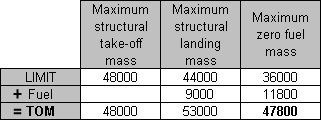 That the electric generator produces a constant frequency.
That the electric generator produces a constant frequency. When a persistent underexcitation fault is detected on an ac generator ?
Question 28-2 : The exciter control relay the generator breaker and the tie breaker the generator breaker and the tie breaker the generator control relay and the generator breaker the tie breaker
 The exciter control relay, the generator breaker and the tie breaker.
The exciter control relay, the generator breaker and the tie breaker. A test to assess the state of charge of a lead acid battery would involve ?
Question 28-3 : Comparing the 'on load' and 'off load' battery voltages checking the level of the electrolyte checking the discharge current of the battery 'on load' checking the battery voltage 'off load'
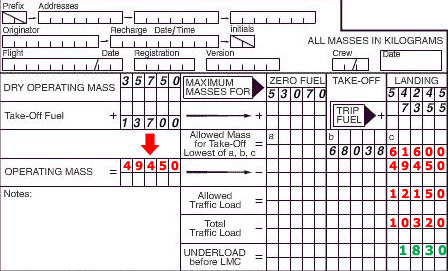 Comparing the 'on-load' and 'off-load' battery voltages.
Comparing the 'on-load' and 'off-load' battery voltages. The advantages of grounding the negative pole of the aircraft structure are . 1 ?
Question 28-4 : 1 2 4 1 2 3 2 3 5 1 3 5
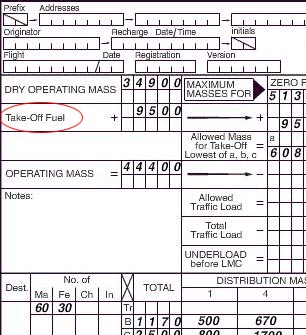 1, 2, 4.
1, 2, 4. When an 'open circuit' occurs in an electrical supply system the ?
Question 28-5 : Loss of continuity will prevent its working components from functioning load as indicated by the ammeter will increase fuse or cb should isolate the circuit due to excess current drawn component will operate normally but will not switch off
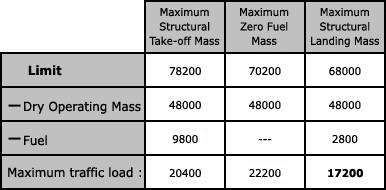 Loss of continuity will prevent its working components from functioning.
Loss of continuity will prevent its working components from functioning. An ac generator driven by a csd unit ?
Question 28-6 : Requires a voltage controller to maintain constant voltage under load does not need a voltage controller since the csd will ensure constant voltage does not need a voltage controller since an ac generator voltage cannot alter under load requires a voltage controller to maintain constant frequency
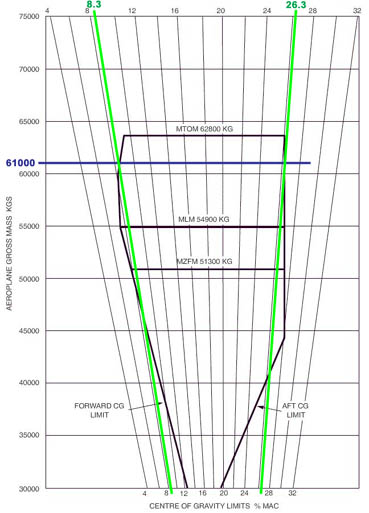 Requires a voltage controller to maintain constant voltage under load.
Requires a voltage controller to maintain constant voltage under load. Consider the variable pitch propeller of a turbo prop during deceleration ?
Question 28-7 : When braking the propeller supplies negative thrust and absorbs engine power at zero power the propeller thrust is zero and the engine power absorbed is nil when feathered the propeller produces thrust and absorbs no engine power with propeller windmilling the thrust is zero and the propeller supplies engine power
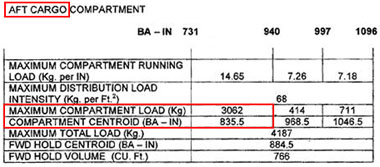 When braking, the propeller supplies negative thrust and absorbs engine power.
When braking, the propeller supplies negative thrust and absorbs engine power. The correct formula to calculate the total displacement of a multi cylinder ?
Question 28-8 : Piston area x piston stroke x number of cylinders piston area x piston stroke cylinder volume x number of cylinders cylinder length x cylinder diameter
 Piston area x piston stroke x number of cylinders
Piston area x piston stroke x number of cylinders When changing power on engines equipped with constant speed propeller engine ?
Question 28-9 : Increasing the rpm before increasing the manifold pressure reducing the rpm before reducing the manifold pressure adjusting fuel flow before the manifold pressure increasing the manifold pressure before increasing the rpm
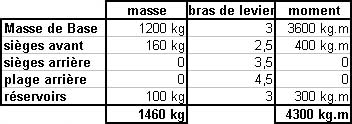 Increasing the rpm before increasing the manifold pressure.
Increasing the rpm before increasing the manifold pressure. The blade angle of a constant speed propeller ?
Question 28-10 : Increases with increasing true air speed only varies with engine rpm decreases with increasing true air speed is independent of the true air speed
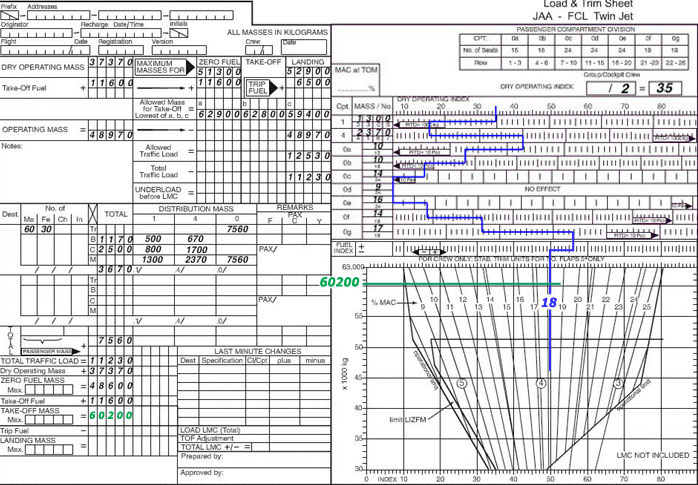 Increases with increasing true air speed.
Increases with increasing true air speed. A propeller blade is twisted so as to ?
Question 28-11 : Keep the local angle of attack constant along the blade avoid the appearance of sonic phenomena decrease the blade tangential velocity from the blade root to the tip allow a higher mechanical stress
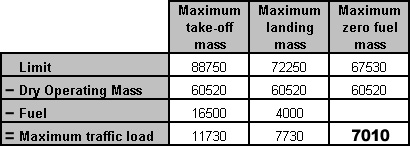 Keep the local angle of attack constant along the blade.
Keep the local angle of attack constant along the blade. A pilot can actuate the feathering system by ?
Question 28-12 : Pulling the propeller control lever rearwards pushing the propeller control lever forwards pulling the power levers rearwards pushing the power lever forwards
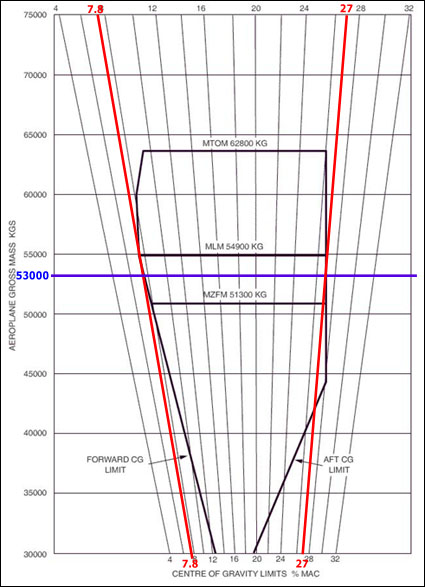 Pulling the propeller control lever rearwards.
Pulling the propeller control lever rearwards. When increasing true airspeed with a constant engine rpm the angle of attack of ?
Question 28-13 : Reduces increases stays constant stays constant because it only varies with engine rpm
 Reduces.
Reduces. A pressure relief valve in an oil system that does not seat correctly could ?
Question 28-14 : Low oil pressure high oil pressure low oil temperature excessive oil consumption
In case of engine failure during flight the blades of a constant speed ?
Question 28-15 : Move in the lowest pitch position by the centrifugal force and/or the spring force move in low pitch position by oil pressure created by the windmilling propeller move in a certain pitch position depending on windmilling rpm move in the highest pitch position by the aerodynamic force
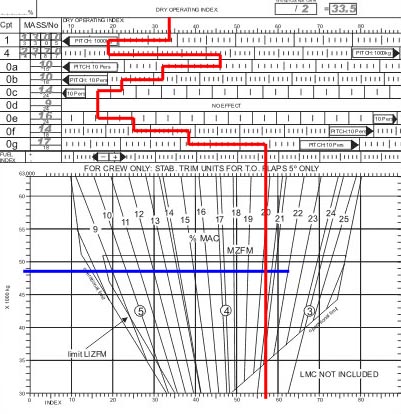 Move in the lowest pitch position by the centrifugal force and/or the spring force.
Move in the lowest pitch position by the centrifugal force and/or the spring force. For take off the correct combination of propeller pitch 1 and propeller lever ?
Question 28-16 : 1 low 2 forward 1 high 2 forward 1 low 2 aft 1 high 2 aft
For piston engines mixture ratio is the ratio between the ?
Question 28-17 : Mass of fuel and mass of air entering the cylinder volume of fuel and volume of air entering the cylinder volume of fuel and volume of air entering the carburettor mass of fuel and volume of air entering the carburettor
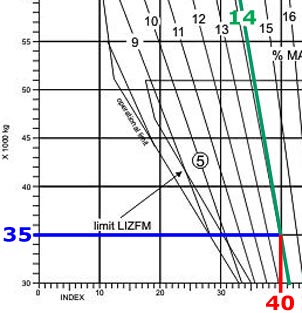 Mass of fuel and mass of air entering the cylinder.
Mass of fuel and mass of air entering the cylinder. Variations in mixture ratios for carburettors are achieved by the adjustment of ?
Question 28-18 : Fuel flow air flow fuel flow air flow and temperature fuel flow and air flow
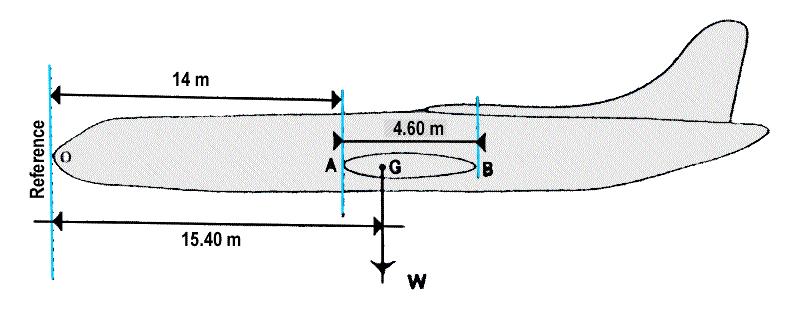 Fuel flow.
Fuel flow. As altitude increases the mixture ratio of a piston engine should be adjusted to ?
Question 28-19 : Reduce the fuel flow in order to compensate for the decreasing air density reduce the fuel flow in order to compensate for the increasing air density increase the mixture ratio increase the fuel flow in order to compensate for the decreasing air pressure and density
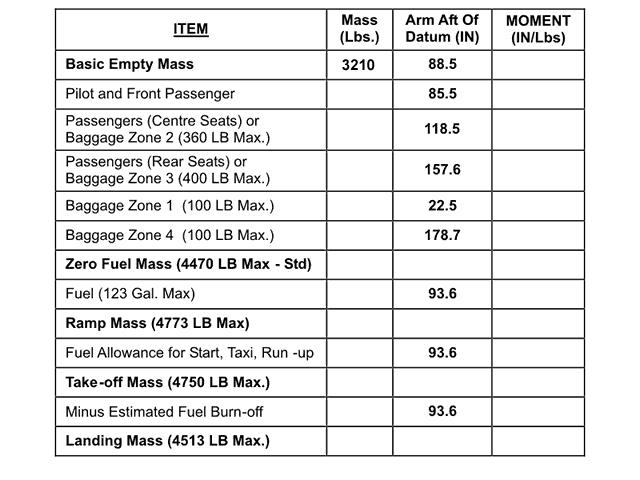 Reduce the fuel flow in order to compensate for the decreasing air density.
Reduce the fuel flow in order to compensate for the decreasing air density. When applying carburettor heating ?
Question 28-20 : The mixture becomes richer the mixture becomes leaner a decrease in rpm results from the lean mixture no change occurs in the mixture ratio
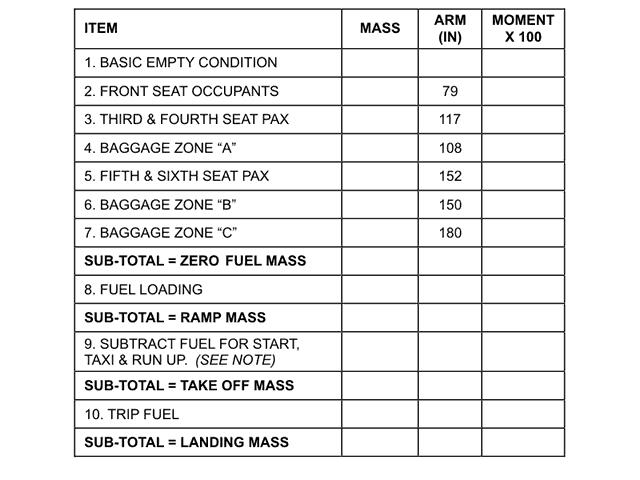 The mixture becomes richer.
The mixture becomes richer. When the pilot moves the mixture lever of a piston engine towards a lean ?
Question 28-21 : Amount of fuel entering the combustion chamber is reduced volume of air entering the carburettor is reduced amount of fuel entering the combustion chamber is increased volume of air entering the carburettor is increased
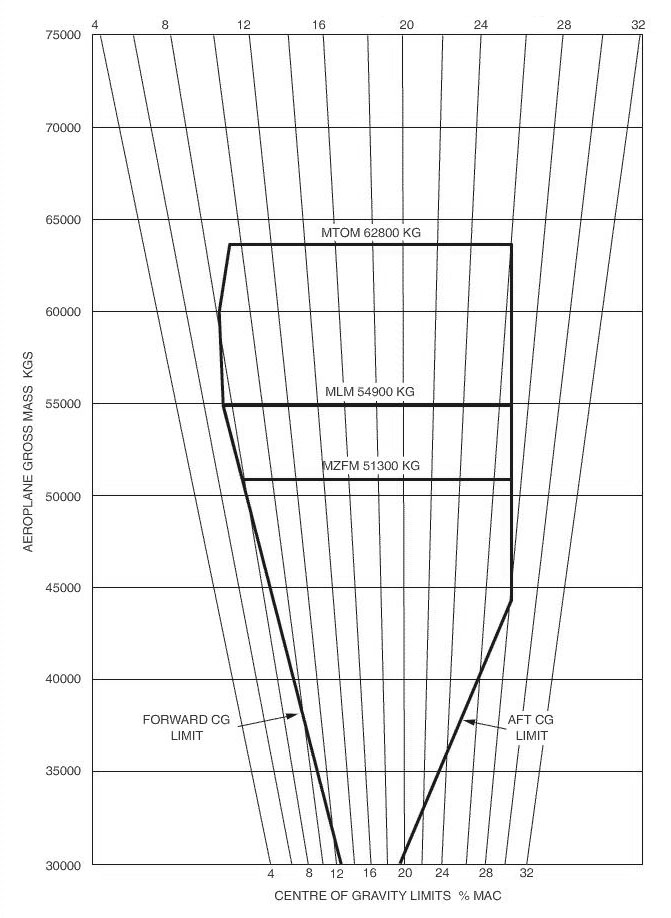 Amount of fuel entering the combustion chamber is reduced.
Amount of fuel entering the combustion chamber is reduced. When altitude increases without adjustment of the mixture ratio the piston ?
Question 28-22 : A decrease of air density with a fuel flow which becomes too high an increase of air density with a fuel flow which becomes too high an increase of air density with a fuel flow which becomes too low a decrease of air density with a fuel flow which becomes too low
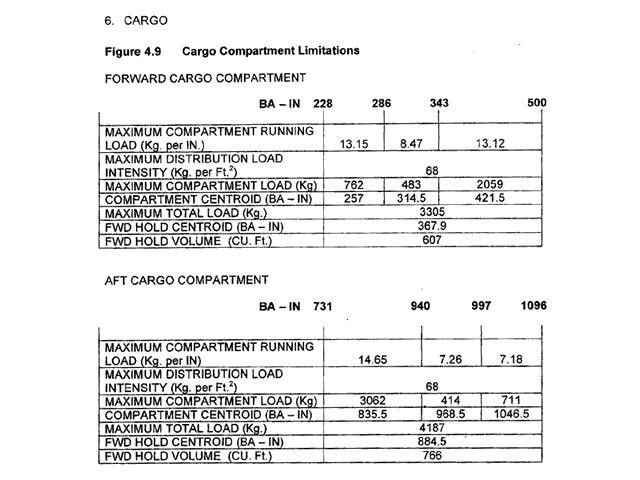 A decrease of air density with a fuel flow which becomes too high.
A decrease of air density with a fuel flow which becomes too high. A rich mixture setting has to be used during climb segments this results in a ?
Question 28-23 : Lower cylinder head temperature higher efficiency increase of power higher torque
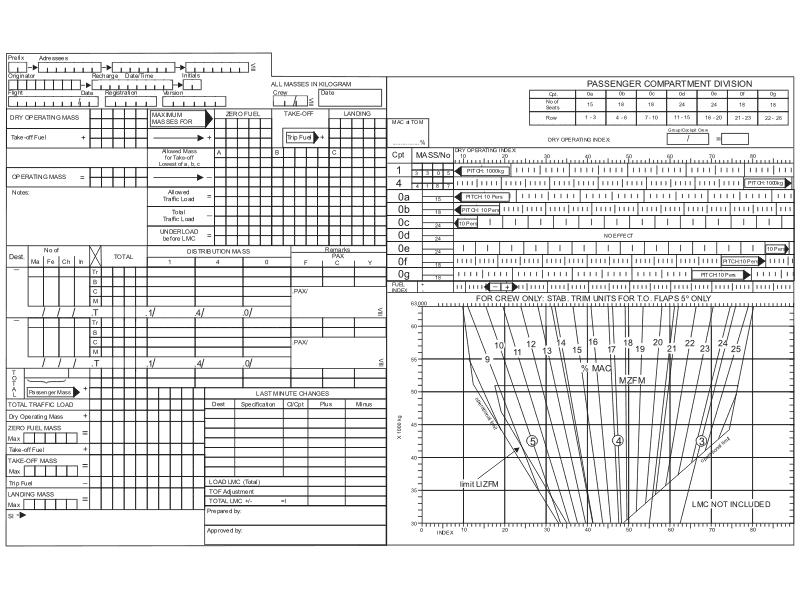 Lower cylinder head temperature.
Lower cylinder head temperature. Maximum exhaust gas temperature egt of a piston engine is theoretically ?
Question 28-24 : Fuel to air ratio of 1 15 cruising mixture setting full rich setting mixture ratio very close to idle cut out
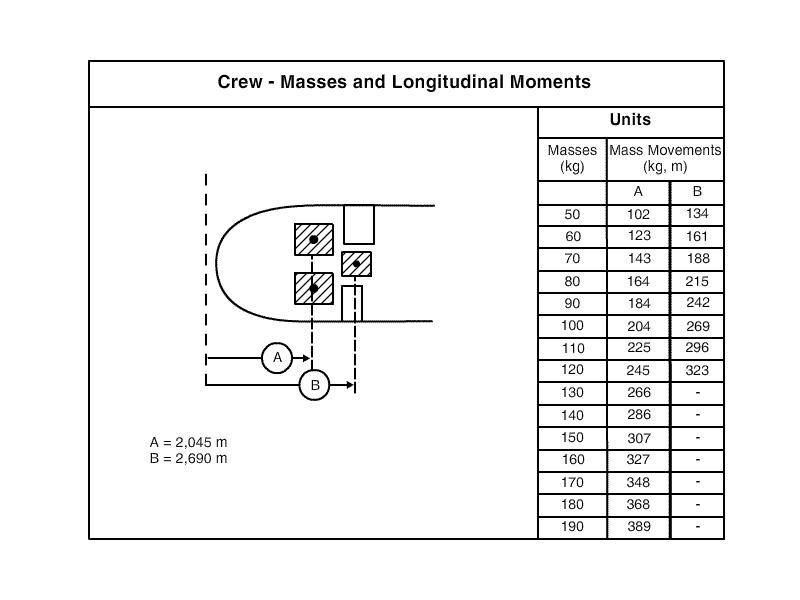 Fuel to air ratio of 1:15.
Fuel to air ratio of 1:15. For a given type of oil the oil viscosity depends on the ?
Question 28-25 : Oil temperature outside pressure oil pressure quantity of oil
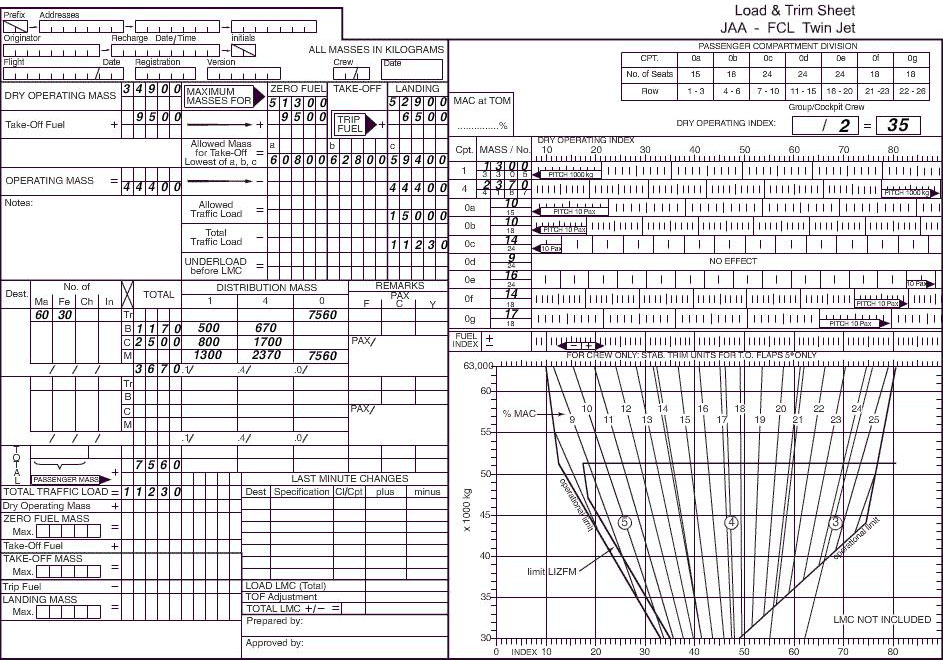 Oil temperature.
Oil temperature. The fuel temperature at which under standard conditions the vapour ignites in ?
Question 28-26 : Flash point fire point combustion point self ignition point
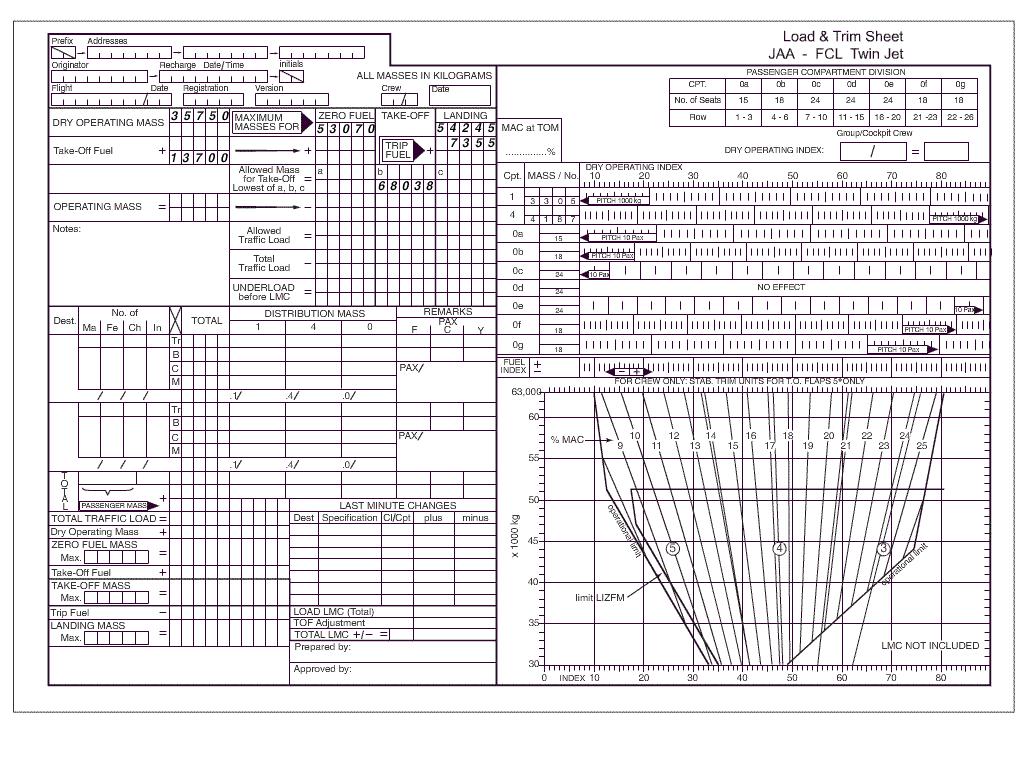 Flash point.
Flash point. Pre ignition refers to the condition that may arise when ?
Question 28-27 : The mixture is ignited by abnormal conditions within the cylinder before the spark occurs at the plug the mixture is ignited before the piston has reached top dead centre a rich mixture is ignited by the sparking plugs the sparking plug ignites the mixture too early
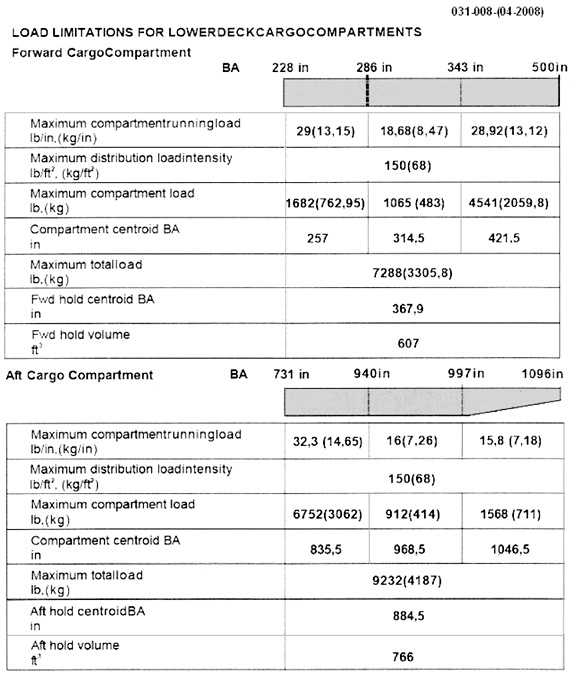 The mixture is ignited by abnormal conditions within the cylinder before the spark occurs at the plug
The mixture is ignited by abnormal conditions within the cylinder before the spark occurs at the plug A fuel strainer fuel filter when fitted to a carburettor will be positioned ?
Question 28-28 : Upstream of the needle valve between the needle valve and the metering jet between the metering jet and the discharge nozzle downstream of the discharge nozzle
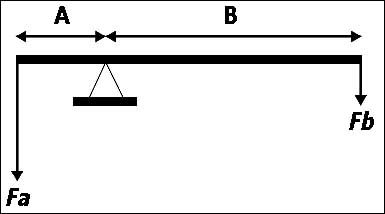 Upstream of the needle valve.
Upstream of the needle valve. The working cycle of a four stroke engine is ?
Question 28-29 : Induction compression power exhaust induction power compression exhaust induction compression expansion power compression induction power exhaust
 Induction, compression, power, exhaust.
Induction, compression, power, exhaust. Specific fuel consumption is defined as the ?
Question 28-30 : Mass of fuel required to produce unit power for unit time maximum fuel consumption of the aircraft designed fuel consumption for a given rpm quantity of fuel required to run the engine for one minute at maximum operating conditions
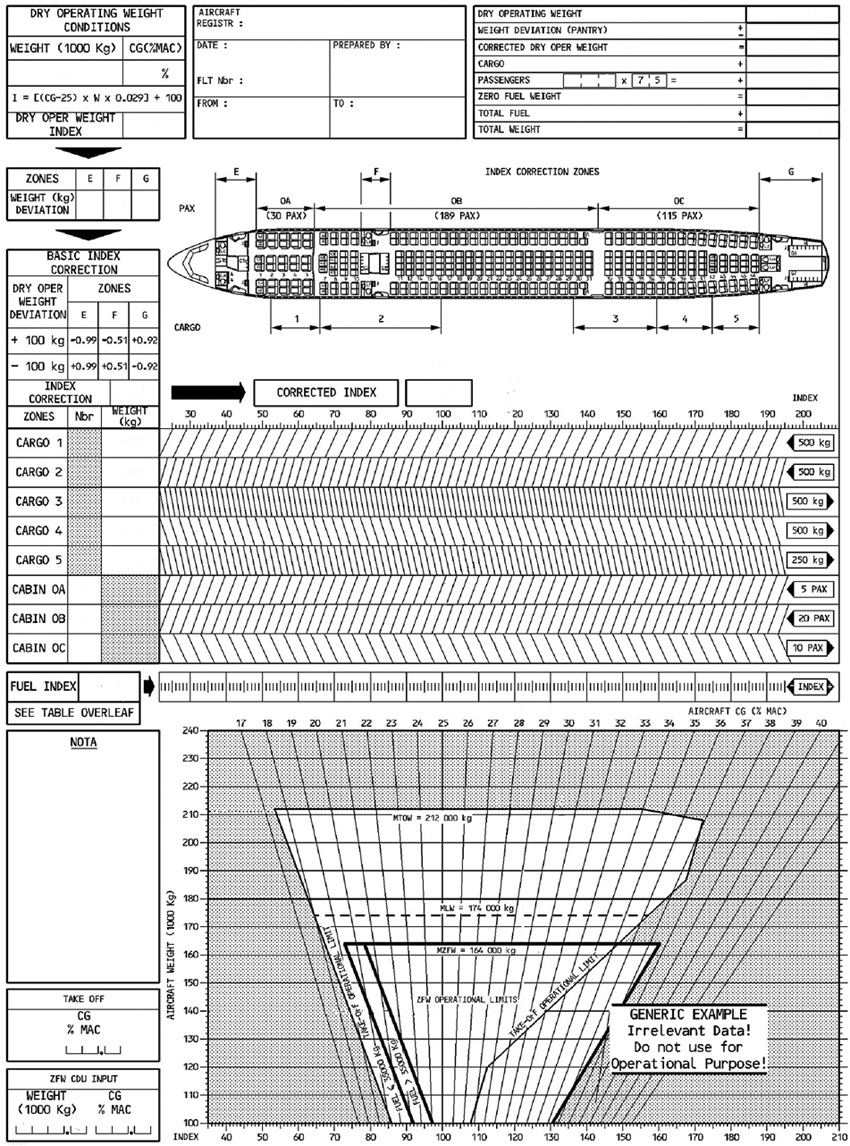 Mass of fuel required to produce unit power for unit time.
Mass of fuel required to produce unit power for unit time. The purpose of the contact breaker is to ?
Question 28-31 : Control the primary circuit of the magneto connect the secondary coil to the distributor connect the battery to the magneto connect the contact breaker and condenser in series with the primary coil
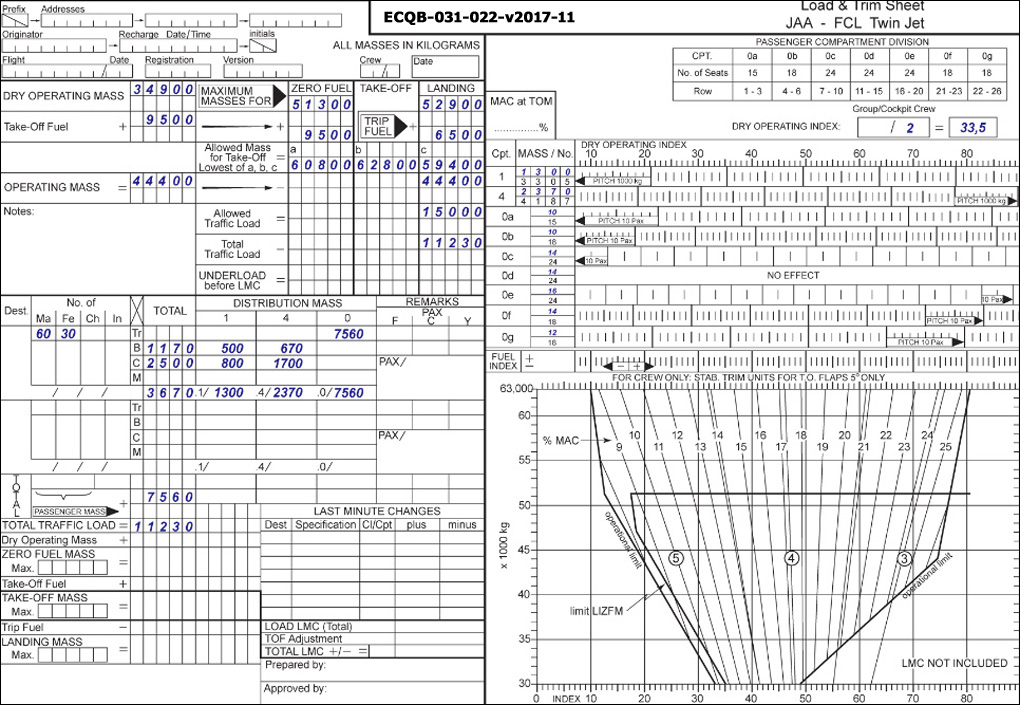 Control the primary circuit of the magneto.
Control the primary circuit of the magneto. Under normal running conditions a magneto draws primary current ?
Question 28-32 : From a self contained electro magnetic induction system from the booster coil from the aircraft batteries via an inverter directly from the aircraft batteries
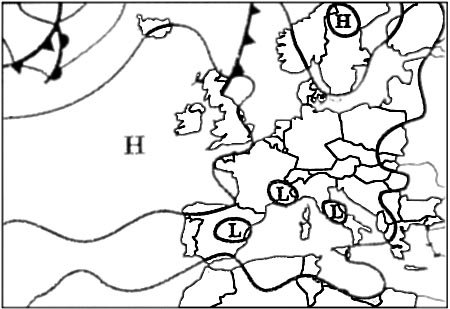 From a self-contained electro-magnetic induction system.
From a self-contained electro-magnetic induction system. The air in a piston engine turbo supercharger centrifugal compressor ?
Question 28-33 : Enters the eye of the impeller and leaves at a tangent to the periphery enters via the diffuser and is fed to the impeller at the optimum angle of attack enters at the periphery and leaves via the eye of the impeller enters at a tangent to the rotor and leaves via the stator
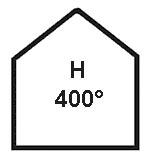 Enters the eye of the impeller and leaves at a tangent to the periphery.
Enters the eye of the impeller and leaves at a tangent to the periphery. The power of a piston engine which will be measured by a friction brake is ?
Question 28-34 : Brake horse power frictional horse power heat loss power indicated horse power
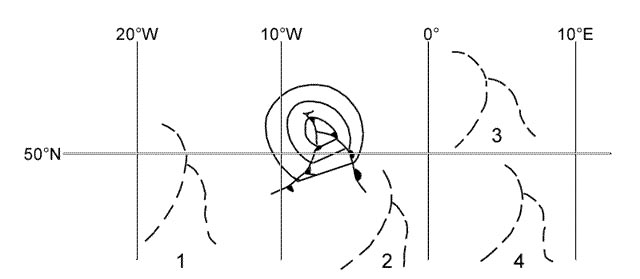 Brake horse power.
Brake horse power. The power output of a piston engine can be calculated by ?
Question 28-35 : Torque times rpm work times velocity force times distance pressure times arm
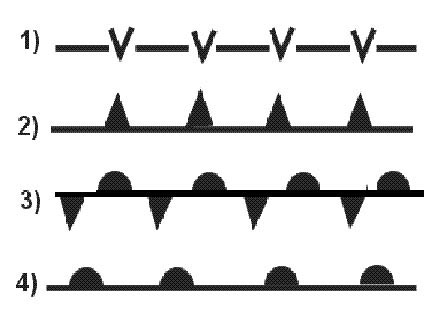 Torque times rpm.
Torque times rpm. The power of a piston engine decreases during a climb with a constant power ?
Question 28-36 : Air density engine temperature humidity temperature
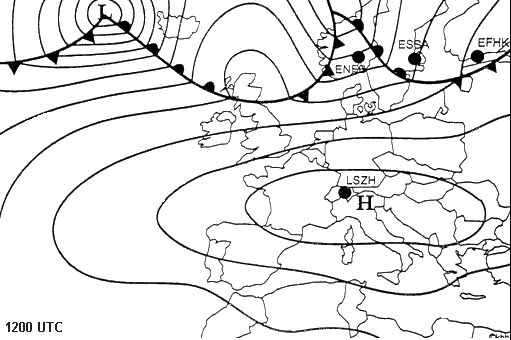 Air density.
Air density. The torque of an aeroplane engine can be measured at the ?
Question 28-37 : Gear box which is located between the engine and the propeller accessory gear box propeller blades camshaft
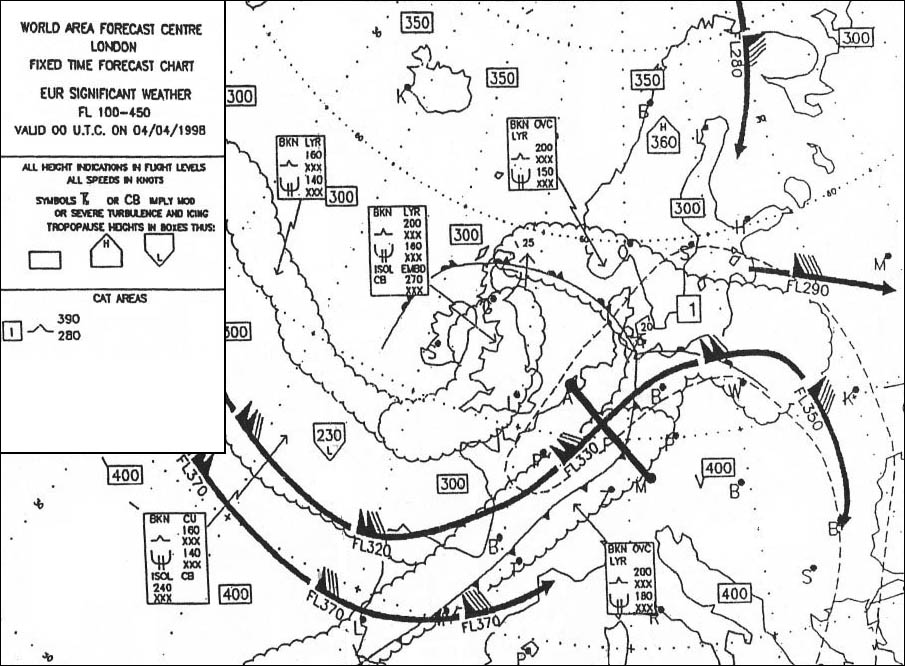 Gear box which is located between the engine and the propeller.
Gear box which is located between the engine and the propeller. The conditions most likely to produce the highest engine power are ?
Question 28-38 : Cold and dry air at high pressure warm air at low pressure with high relative humidity cold air at high pressure with high relative humidity warm and dry air at high pressure
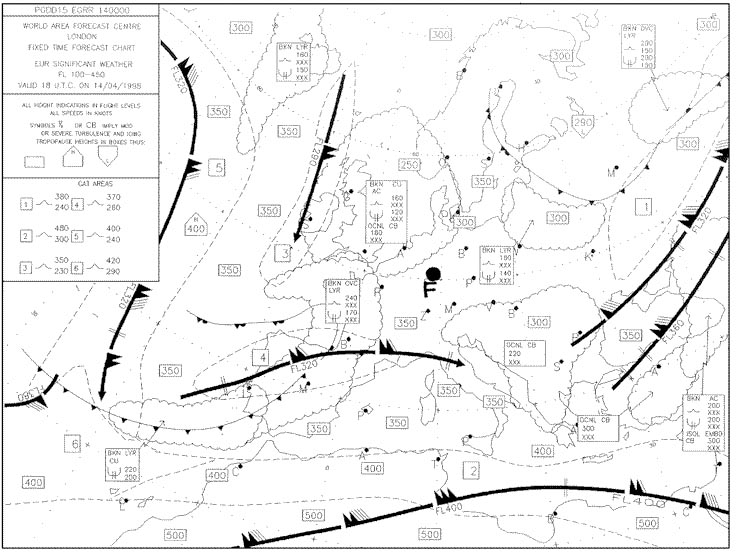 Cold and dry air at high pressure.
Cold and dry air at high pressure. The kind of compressor normally used as a supercharger is ?
Question 28-39 : A radial compressor an axial compressor a hybrid compressor a piston compressor
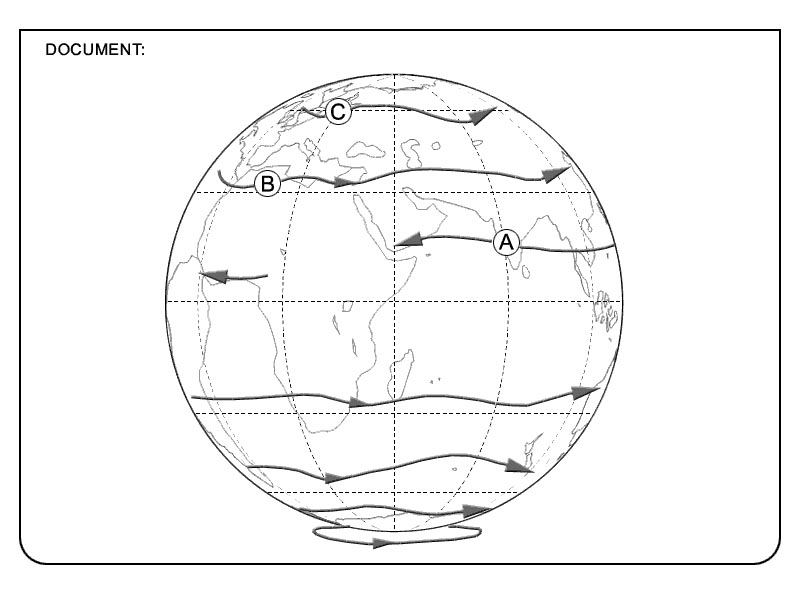 A radial compressor.
A radial compressor. An egt exhaust gas temperature indicator for a piston engine is used to ?
Question 28-40 : Assist the pilot to set the correct mixture control the cylinder head temperature control the carburettor inlet air flow control the fuel temperature
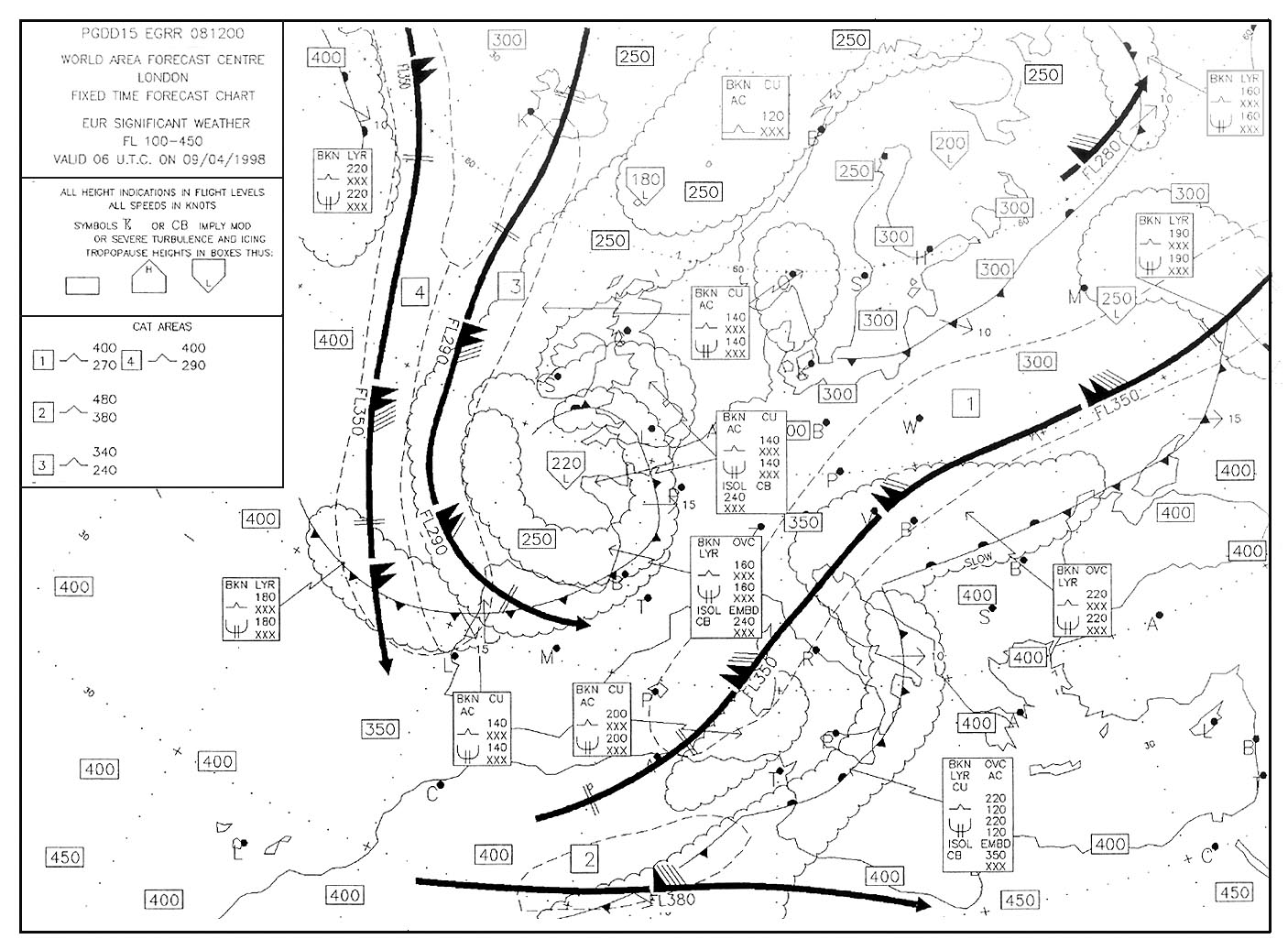 Assist the pilot to set the correct mixture.
Assist the pilot to set the correct mixture. ~
Exclusive rights reserved. Reproduction prohibited under penalty of prosecution.
1079 Free Training Exam Other source study: Ppl exam examen 28
